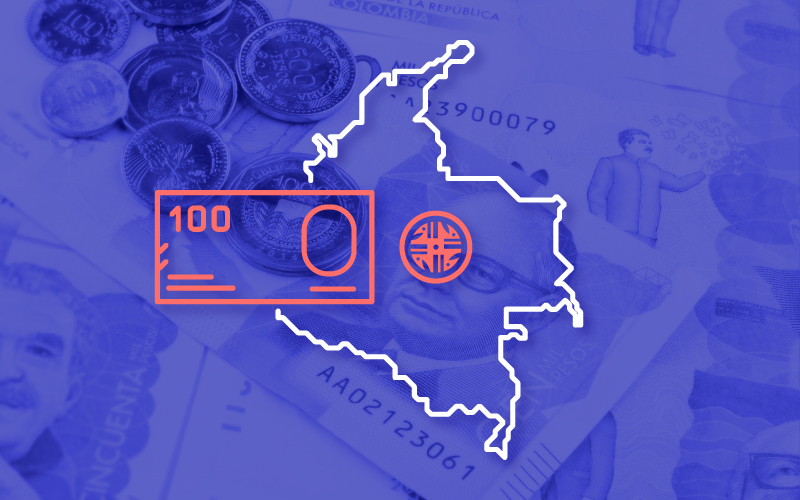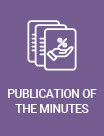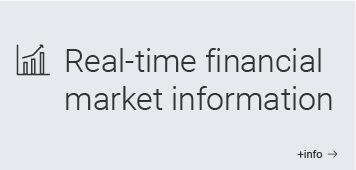Financial Markets Report - Second Quarter of 2019 (Available in Spanish only)
Banco de la República (BR) generates information intended for decision-making, accountability, and dissemination to the public. In particular, the Financial Markets Report is framed within the principle of dissemination to the public and contributes to the Central Bank's service of providing high quality information and economic research.
In line with the above, this Report seeks to present to the public a general analysis of the performance and trends of national and international financial markets. Additionally, the Report suggests the main factors that explain the behavior and interactions of these markets. The Report also presents an overview of the main changes in monetary policy and central banks' decisions globally.
During the second quarter of 2019 (2Q19), the dynamics of international financial markets was characterized by higher trade tensions between the U.S. and China, events which generated political uncertainty in Europe and Latin America, the persistence of fears about a greater global economic slowdown, uncertainty about the magnitude of the monetary stimulus by the world's major central banks, and the heterogeneous behavior of some commodity prices.
Amidst this scenario, the US dollar was favored during the first part of the quarter by the increase of trade tensions, but this trend was subsequently corrected following the alleviation of tensions and the adoption of a more dovish stance by the Fed. The behavior of regional currencies was mainly driven by the performance of the US dollar, and to a lesser extent by the behavior of commodity prices and idiosyncratic factors in each country. In Colombia, both the public debt market and the stock market recorded gains during 2Q19.
The document is divided into eight sections, with this introduction being the first. Section two presents an executive summary of the document. Section three describes the most important facts regarding the international economic environment. Subsequently, section four presents the behavior of the main local risk perception indicators. Section five describes the exchange market both globally and locally. Section six presents an analysis of both money and fixed-income markets, globally and locally. In addition, section 7 describes the behavior of the primary market of local private debt. Finally, Section 8 analyzes the behavior of regional and local stock markets.














.png)

































